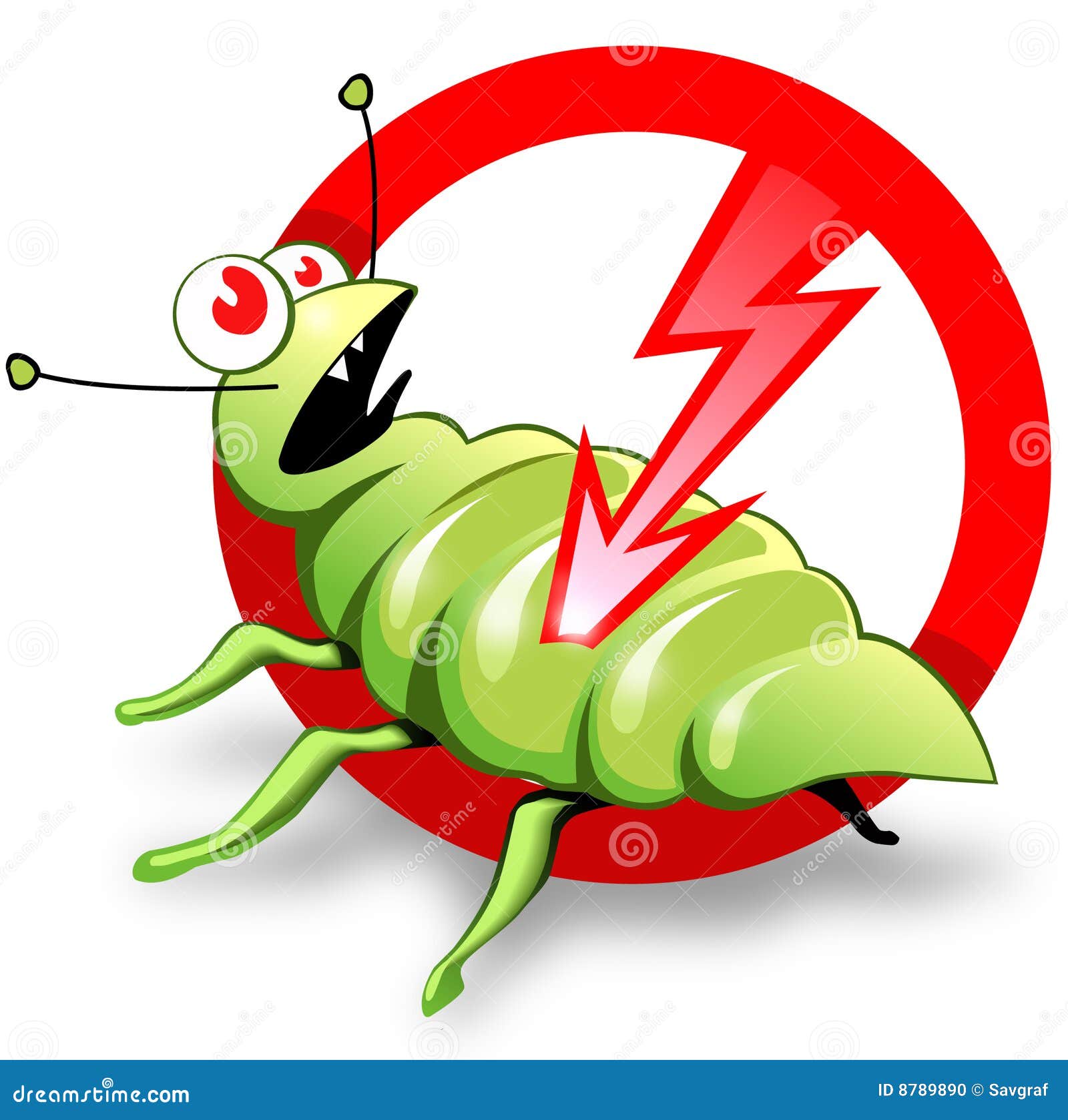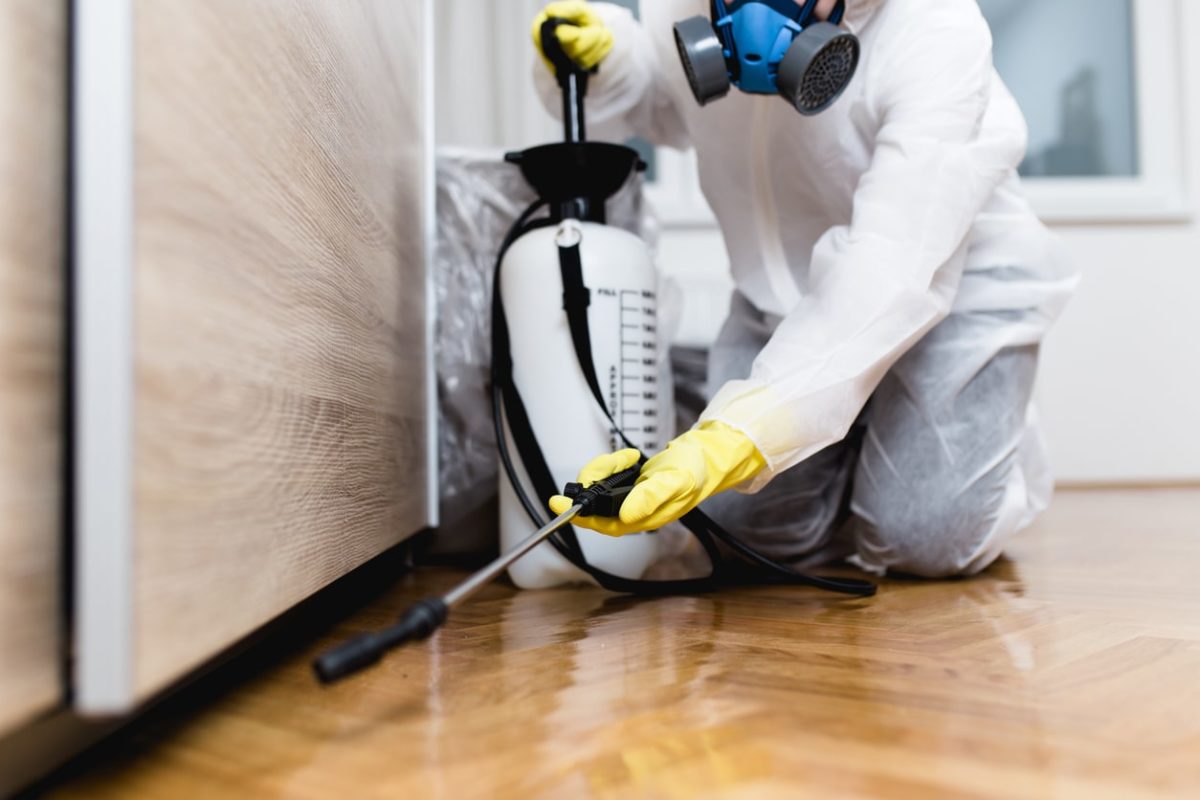Effective Pest Control to exterminate bugs and rodents quickly.
Effective Pest Control to exterminate bugs and rodents quickly.
Blog Article
Eco-Friendly Bug Control Approaches for Taking Care Of Wildlife in Urban Areas
Urban locations frequently discover themselves at the junction of human activity and wildlife, bring about unique difficulties in bug administration. Environmentally friendly approaches highlight sustainable coexistence, using methods such as environment modification and natural repellents to alleviate human-wildlife problems. These approaches not just safeguard the environment but likewise improve neighborhood interaction in wild animals monitoring. As city populaces continue to grow, understanding the dynamics of wild animals communications ends up being significantly crucial. What innovative methods can be carried out to make sure both environmental balance and metropolitan security? Exploring this question discloses an engaging landscape of possible remedies.
Recognizing Urban Wild Animals Characteristics
Recognizing Urban Wildlife Characteristics is crucial for establishing effective and environmentally friendly pest control approaches. Urban locations are increasingly coming to be habitats for numerous wildlife varieties, driven by factors such as environment fragmentation, food availability, and human advancement. Acknowledging these characteristics enables for a nuanced strategy to pest administration that aligns with environmental principles.
Urban wildlife often includes varieties such as raccoons, squirrels, and birds, which adapt to city settings, finding particular niches in green spaces, parks, and also suburbs. Their existence can bring about conflicts with people, especially when they exploit personnels for food and sanctuary. Understanding the habits and ecological duties of these varieties notifies methods that decrease unfavorable interactions while promoting biodiversity.
Furthermore, acknowledging the interdependencies within city communities assists in recognizing essential areas for environment conservation and restoration. This understanding adds to the growth of integrated parasite administration (IPM) strategies that consider the ecological balance, consequently decreasing reliance on dangerous chemicals. By cultivating coexistence between humans and urban wildlife, cities can develop much healthier settings that profit both homeowners and neighborhood ecosystems, leading the way for sustainable urban living.
Natural Repellents and Deterrents
Natural repellents and deterrents offer a sustainable option to conventional insect control techniques by utilizing the power of nature to keep unwanted species away. These eco-friendly solutions generally utilize plant-based ingredients, essential oils, and other normally taking place materials that prevent bugs without hurting the environment.
One effective all-natural repellent is peppermint oil, which is recognized to drive away rats and pests. Its solid scent is unpleasant to numerous insects, making it a popular choice for city settings. In a similar way, vinegar and citrus peels can serve as deterrents, as their solid smells are usually unattractive to various wild animals.
Furthermore, diatomaceous earth is a natural powder that can be spread out in areas vulnerable to insect task, efficiently dehydrating and hindering insects without posing dangers to non-target species. Additionally, garlic sprays and neem oil are identified for their capability to push back a vast array of pests, consisting of both insects and larger wild animals.
Implementing these all-natural repellents not just decreases dependence on chemical pesticides but also advertises a healthier metropolitan ecosystem, promoting an extra balanced coexistence between humans and wildlife. By making use of these techniques, urban areas can successfully manage insect populaces while minimizing ecological impact.
Environment Adjustment Methods
Efficient environment alteration techniques play a crucial duty in sustainable bug management by changing the setting to make it much less conducive to pest infestations. By comprehending the eco-friendly characteristics of urban areas, homeowner can execute critical alterations that deter insects while promoting biodiversity.
(Bee Control)One main method involves keeping proper sanitation. This includes regular waste removal, protecting trash can, and removing standing water to lower breeding sites for insects and rats. Additionally, landscaping practices such as selecting native plants can improve environmental balance, offering habitats for useful organisms while lessening sources for bugs.
One more crucial approach is to secure entry factors in buildings. Inspecting and fixing cracks in foundations, wall surfaces, and windows can significantly lower bug gain access to. Creating physical obstacles, such as fences or plant barriers, can inhibit wild animals movement right into human-inhabited areas.
Integrated Pest Monitoring Practices
Building upon environment modification methods, integrated bug administration (IPM) techniques provide a holistic technique to controlling insect populaces while lessening environmental influence. IPM combines different strategies, including organic, social, mechanical, and chemical controls, to attain efficient pest administration.
Organic control involves the introduction of all-natural killers or parasites to minimize parasite populations. Cultural methods, such as plant rotation and hygiene, disrupt pest life cycles and reduce their environments - Pest Control. Mechanical controls, like traps and barriers, offer prompt remedy for bug stress without chemical treatment
Chemical controls are utilized as a last resort, concentrating on targeted applications that limit injury to non-target Recommended Reading types and the environment. The selection of eco-friendly pesticides, when required, is indispensable to the IPM structure. Additionally, keeping track of parasite populaces and assessing potential damage helps educate decision-making, guaranteeing that treatments are prompt and efficient.
Community Involvement and Education

(Exclusion Pest Control)Workshops and educational sessions can furnish citizens with understanding about native species, environment preservation, and reliable safe insect management methods. Partnership with schools, local companies, and federal government companies even more enhances instructional outreach, ensuring that important information gets to varied audiences.
Moreover, community-led campaigns, such as neighborhood clean-up days and environment repair jobs, not only advertise biodiversity however also reinforce neighborhood ties. Pest Control. By urging citizens to share their experiences and observations, areas can establish targeted strategies that deal with details neighborhood insect concerns
Integrating feedback from citizens into bug monitoring plans allows a more receptive and adaptive technique to wildlife difficulties. Inevitably, educated and engaged areas are key to attaining long-term success in green insect control, causing healthier metropolitan settings that respect both human and eco-friendly needs.

Conclusion
Finally, eco-friendly pest control approaches offer sustainable solutions for managing metropolitan wild animals. By prioritizing habitat alteration, utilizing natural repellents, and executing integrated bug administration techniques, communities can promote a harmonious coexistence with regional animals. Moreover, involving citizens with education and learning enhances awareness and urges responsible wildlife communications. Ultimately, these strategies not only protect biodiversity yet additionally advertise ecological wellness, making certain city locations stay dynamic communities where humans and wildlife prosper with each other.
Report this page